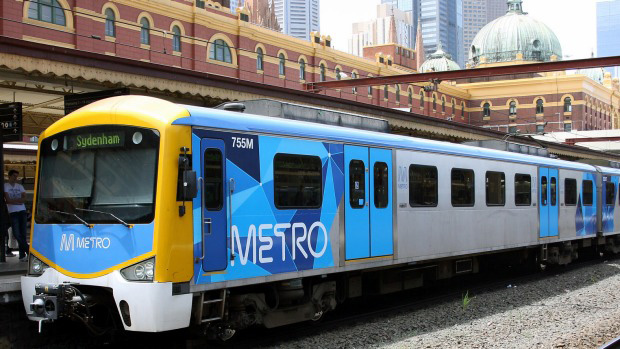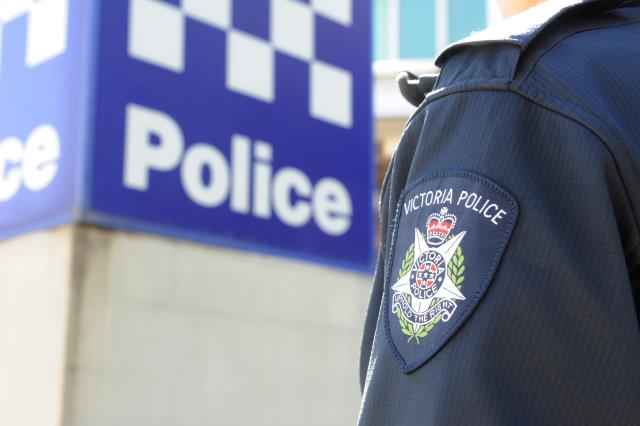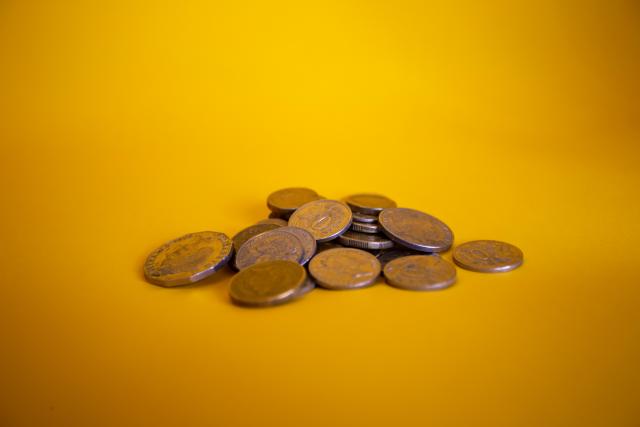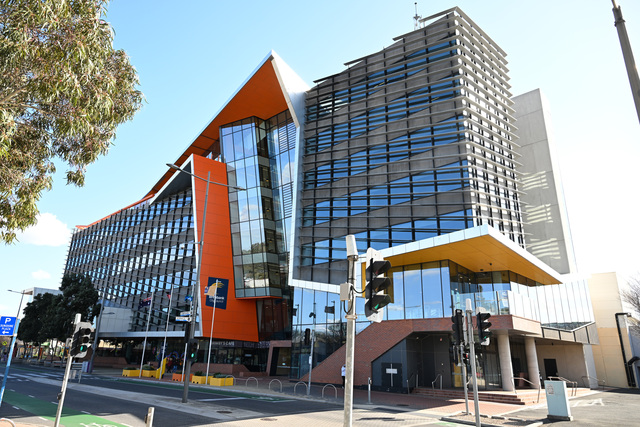Think Melbourne’s trains, trams and buses are busy now? Just wait.
The use of public transport in Melbourne – and heavy rail in particular – will soar over the next two decades, according to a new audit of the nation’s transport needs by the federal government’s infrastructure adviser.
“Demand for public transport will increase by 89 per cent by 2031,” it predicts, indicating governments will have to focus on expanding the capacity of existing services, and provide new infrastructure to growth areas on the outskirts of cities.
“Crush loads” – the term used by transport operators to describe a full service – are to be felt worst on four metropolitan rail lines: Craigieburn, Sunshine, Werribee and Dandenong.
The report shows most lines today are coping with peak travel times.
But many already busy rail lines will come under extreme pressure from growing population and user numbers by 2031.
It notes that public transport use has been increasing since 2004, but only one in six Australians now travel to work by public transport – something predicted to change.
The report details the extraordinary jump in trips on both roads and public transport Melbourne is expected to occur by 2031, by council area.
Of the predicted surge in bus patronage, one destination in the report also stands out: Melbourne Airport, which will see a tripling of trips by 2031. The Andrews government cancelled a planned rail line to the airport promised by its predecessors.
The report, by Infrastructure Australia, also says that if the nation’s public transport is to cope with the predicted jump in use, people will either have to pay more or operators become more efficient.
Transport operators get back 25 to 30 per cent of what they spend on services, the report says, “with services to outer urban areas recovering less than 10 per cent of costs”.
“Governments and service providers will need to improve efficiencies in terms of delivery and administration,” the report says.
The audit finds that roads remain five times more important to Victoria’s economic performance than public transport – delivering a direct economic contribution over $15 billion, compared to one of $3 billion from rail, tram and bus services.
And the Australian Infrastructure Audit Report identifies the top 10 places people travel from to get to central Melbourne.
Topping the list are those coming from the areas around Brimbank in Melbourne’s west, and Whittlesea in the city’s north.
Central Melbourne is by far the most popular destination people want to reach today – and there will be a massive jump in people wanting to get a train to the CBD by 2031.
A spokesman for Public Transport Minister Jacinta Allan did not respond when asked whether the Andrews government was doing enough to accommodate the predicted surge in train, tram and bus use.
This story first appeared in The Age







